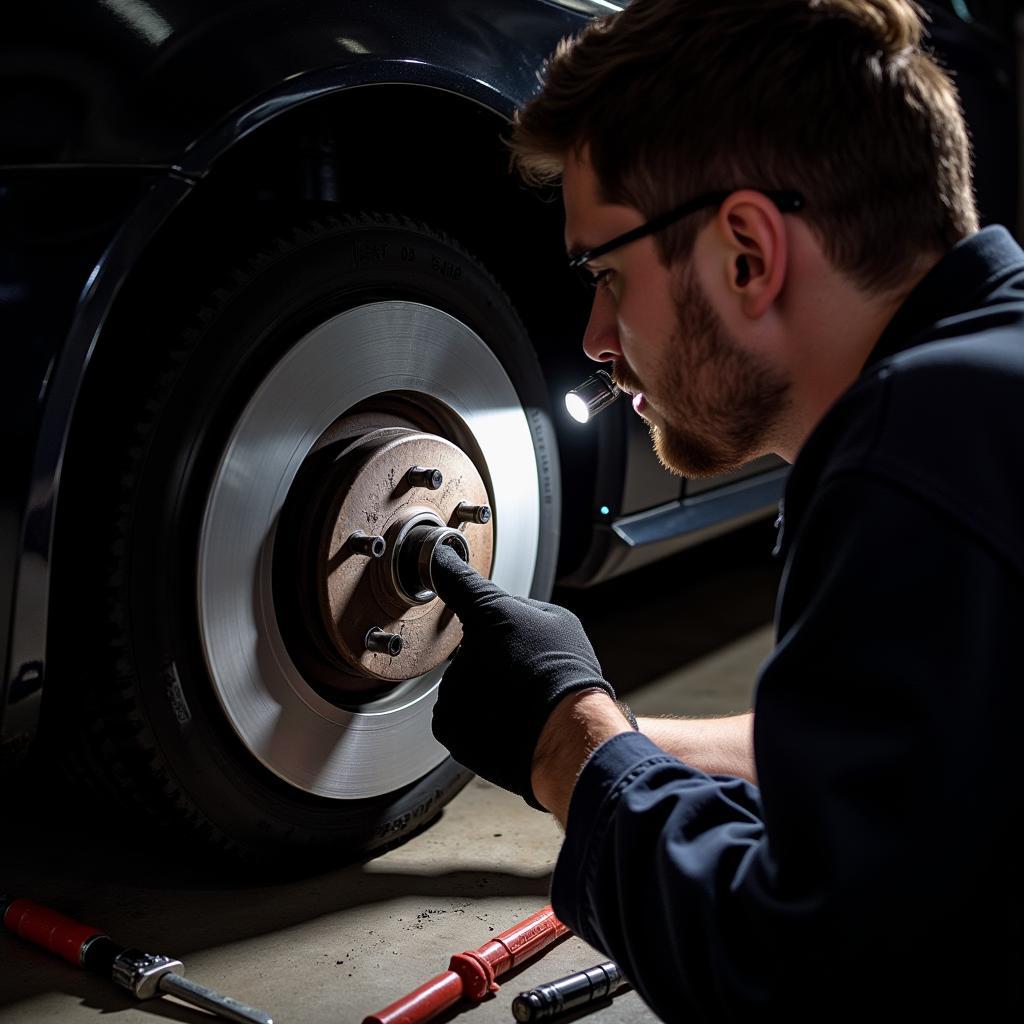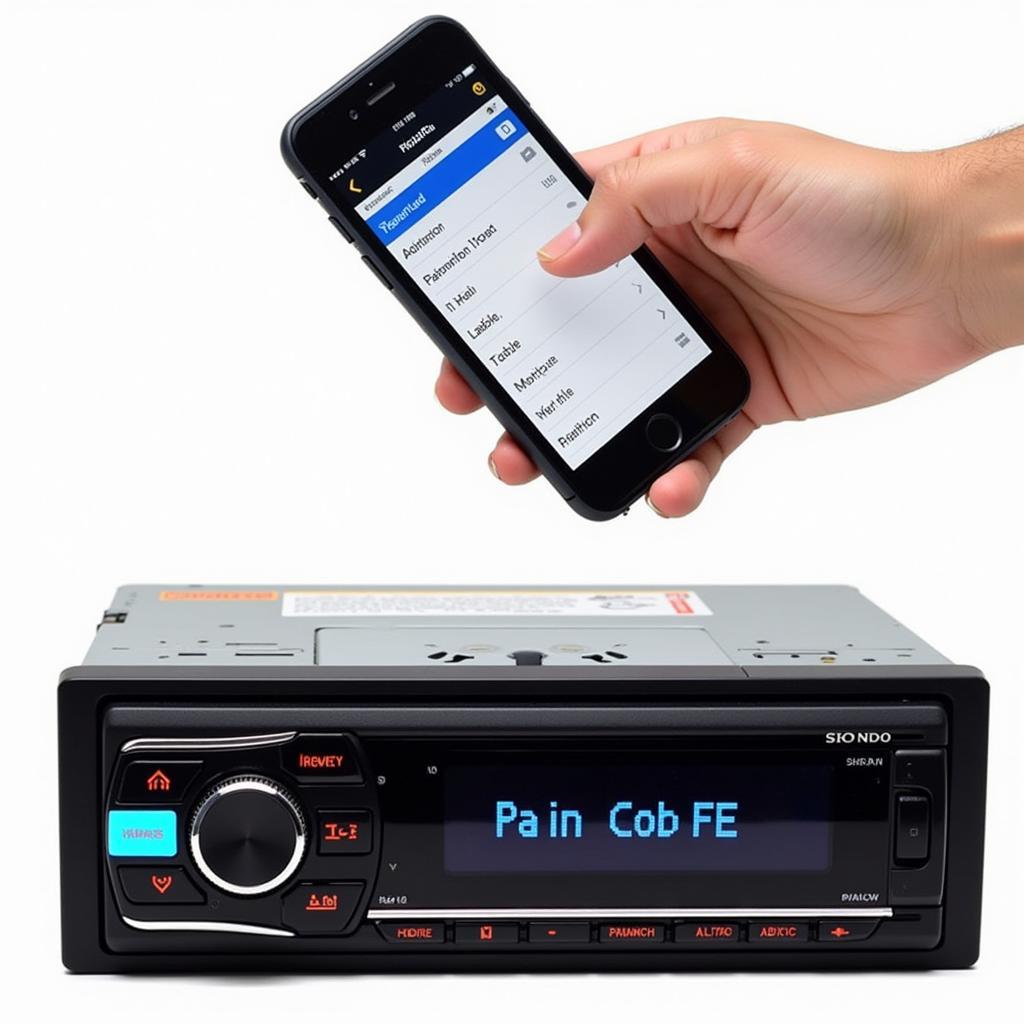Seeing a brake light warning on your 2006 Honda Accord’s dashboard can be unsettling. Before you hit the panic button, understand that this is a common issue with a variety of potential causes, many of which you can diagnose and even fix yourself. This guide, brought to you by Drive Accord, will walk you through everything you need to know about that pesky brake light warning on your ’06 Accord.
Common Causes of a Brake Light Warning
Several culprits could be triggering that warning light. Let’s shed some light on the most frequent offenders:
- Burnt Out Bulb: This is the most straightforward and often the most common cause. A simple check of your brake lights (have a friend press the pedal while you observe) can confirm this.
- Blown Fuse: Your Accord, like many vehicles, uses fuses to protect electrical circuits. A blown fuse related to the brake lights could be the source of the issue.
- Faulty Brake Light Switch: This switch, located under the dashboard by the brake pedal, signals when you’re braking. If it malfunctions, your brake lights might stay on constantly or not function at all.
- Worn Brake Pads: While less common as a direct cause, worn brake pads can sometimes trigger the warning light. This is because some brake pad systems have a wear sensor that activates the light when the pads are nearing replacement.
Troubleshooting Your Brake Light Warning
Now that you know what to look for, let’s delve into some troubleshooting steps:
- Inspect Your Brake Lights: As mentioned, this is your first point of action. A burned-out bulb is an easy fix.
- Check the Fuse Box: Consult your owner’s manual to locate the fuse box and identify the fuse associated with your brake lights. A blown fuse will have a broken wire within it. Replace it with a fuse of the same amperage.
- Examine the Brake Light Switch: Locate the switch and check for any visible damage or loose connections. You can test the switch with a multimeter for continuity. If the switch fails the test, it likely needs replacement.
When to Call in the Professionals
If you’ve gone through the basic troubleshooting steps and are still seeing the warning light, it’s best to seek professional help. Issues with the wiring, more complex problems with the brake light switch, or other electrical faults might require specialized knowledge and tools to diagnose and repair.
“Remember,” says Drive Accord’s senior technician, Mark Stevenson, “addressing any warning light promptly is crucial. Ignoring it could lead to more significant and costly repairs down the line, not to mention compromising your safety on the road.”
Preventing Future Issues
Regular maintenance goes a long way in preventing brake light issues. Here are some preventative measures:
- Routine Bulb Checks: Inspect your brake lights (and all lights for that matter) regularly, even if you haven’t noticed any problems.
- Timely Brake Pad Replacements: Don’t wait until your brake pads are completely worn out. Replace them as recommended in your owner’s manual or sooner if you notice any signs of wear.
- Visual Inspections of Wiring: Occasionally, take a look at the wiring around your brake light system for any signs of fraying, damage, or loose connections.
Conclusion
A brake light warning on your ’06 Honda Accord doesn’t have to be a major headache. By understanding the common causes and following the troubleshooting steps outlined in this Drive Accord guide, you can often resolve the issue yourself. However, don’t hesitate to seek professional help if you encounter any difficulties or if the problem persists. Safe driving!


